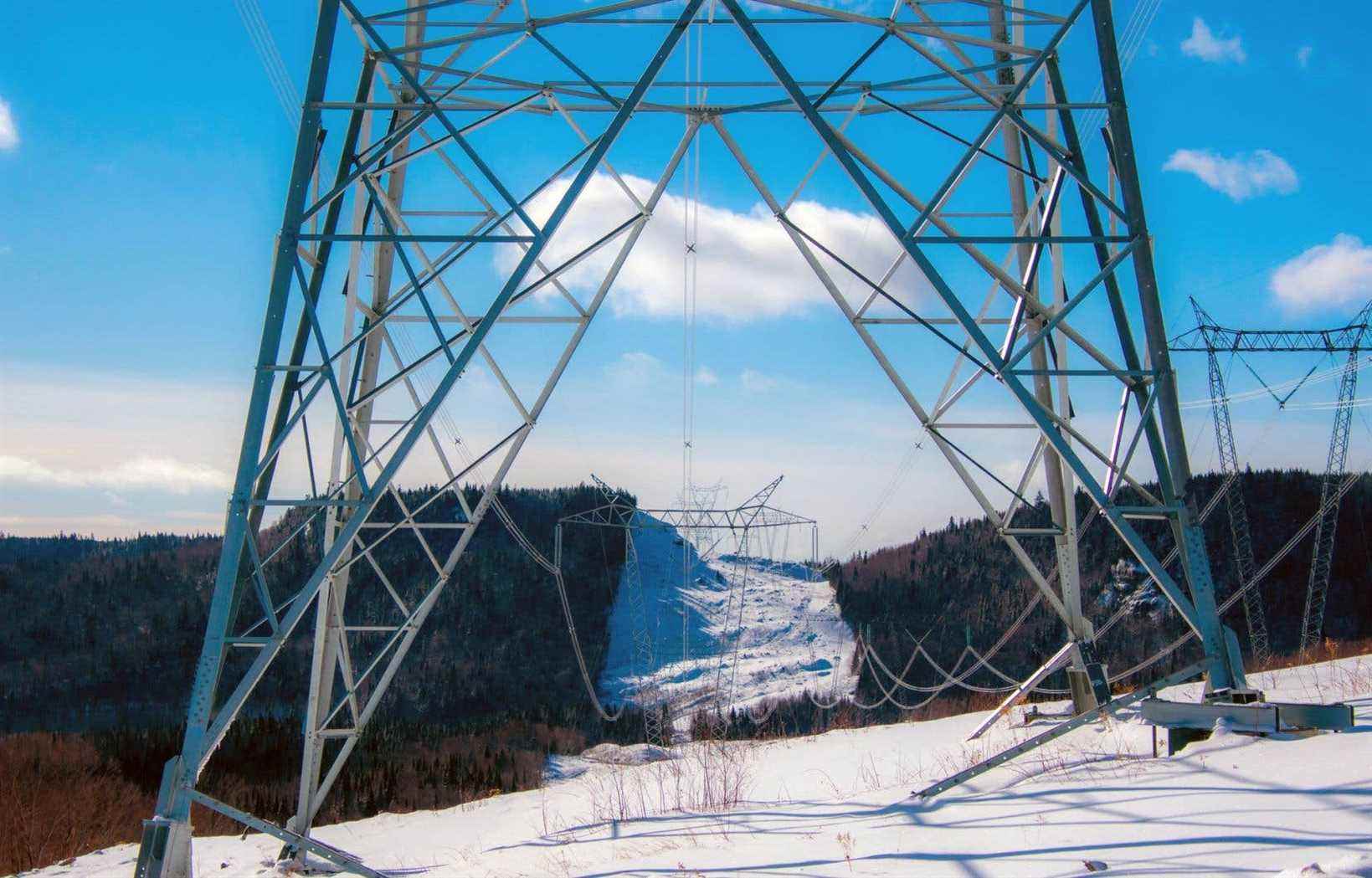More than 100 additional terawatts / hour (TWh) of clean electricity will be required for Quebec to achieve carbon neutrality in 2050, more than half of Hydro-Québec’s current capacity, according to the new strategic plan tabled by the company state this Thursday. Not only will the organization need to produce more electricity, but it will need to modernize and digitize its network to achieve this goal, which should translate into higher tariffs.
The demand for clean electricity will increase considerably in the coming years, underlines in an interview with the Homework the CEO of Hydro-Québec, Sophie Brochu, who has just tabled this strategic plan. “I say this with a lot of love, our society wants us to move towards an energy transition. So there will be energy consumption from fossil fuels that will migrate to electricity. »
Between 2019 and 2029, electricity demand in Quebec is expected to grow by 20 TWh, which represents an increase of 12%. As a result, Quebec production will not be able to meet peak demand from 2027, predicts Hydro-Quebec.
As a result, the state company will have to produce more electricity. An addition of 5,000 megawatts (MW) has also been confirmed by 2035: 3,000 MW via new calls for tenders in the wind power sector and 2,000 MW which will come from the replacement of dam turbine-generators.
However, this is only the beginning. To achieve Quebec’s carbon neutrality objective by 2050, 100 TWh will have to be added to the network, or “half of what we do today,” says Sophie Brochu.
Where will this production come from? “You don’t have it in the plan because we don’t know and no one knows exactly. What we do know is that over the next 12 or 15 years, we have what it takes to supply a good part of the beginning of the energy transition, and then we will collectively see how things go. »
All scenarios are therefore on the table. The possibility of building new dams is not ruled out.
“Depending on how demand develops, we may therefore need new hydroelectric generation capacity in the future,” the plan reads. To prepare for this eventuality, Hydro-Québec is evaluating “sites that present the best potential for the development of hydroelectric capacity”.
Questioned on the subject, Sophie Brochu replies that there “is nothing in the cards” for the next ten years, but that it “is impossible to say never”.
Hydro-Québec is studying several scenarios, and that of hydroelectric power stations is one of them. “What are theoretically the projects [de barrages] possible? We must be ready if one day the people of Quebec and the government say: “We have no more choice, we have to start a project”. »
Focus on client-producers
In the short term, Hydro-Québec is focusing its efforts on energy efficiency and productivity gains. In its new strategic plan, the Crown corporation plans to transform its unidirectional network — which carries electricity from power stations to customers — into a multidirectional network.
The latter would allow customers to “interact” with the network and, ultimately, to inject their own electricity production. A customer could in the “more or less near future” connect the battery of his electric vehicle to the network via a charging station, projects Sophie Brochu. “Hydro-Québec could remotely use the electricity stored in these cars to, for example, supply a neighborhood that needs electricity. »
Extended on a large scale, this network would allow customers in a neighborhood to share part of the electricity of some – from solar or battery storage – according to the demand of others.
Price increase
Hydro-Québec’s strategic plan does not quantify the probable rate increase that will result from major projects. “Does the increase in demand have an effect on prices? The answer is yes”, says the CEO, referring to the fact that “there is pressure on our costs”.
In the same breath, she assures us that the goal of Hydro-Québec “is to ensure that we deploy measures to mitigate these costs and to make decisions that will bear fruit over time to even out the effect on our prices “.
Convinced of being able to have “a pricing trajectory that will make sense depending on the ambitions we set for ourselves”, Sophie Brochu affirms that “if we try to do it quickly, to electrify everything, no matter how much it costs , we are going to miss the boat”.
She cites the example of the partnership with Énergir, recently criticized. The agreement between the two distributors aims to reduce greenhouse gas emissions by more than 70% by 2030 for establishments that run on natural gas by offering a new dual-energy solution.
“If 100% of the demand [en énergie des immeubles] came from electricity only, that would result in a 3% increase in prices,” she says, believing that in a context of energy transition, “the best is the enemy of the good”.
